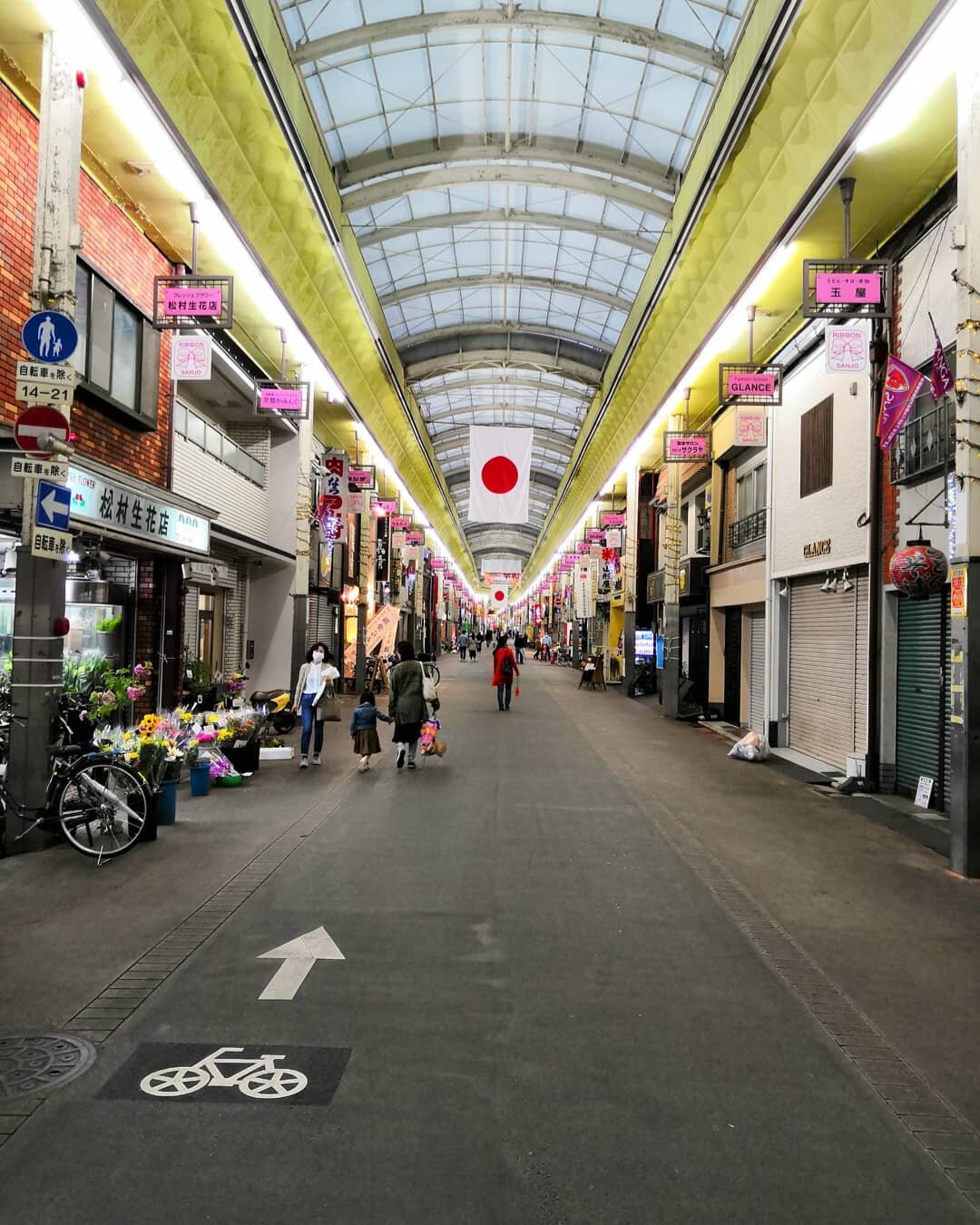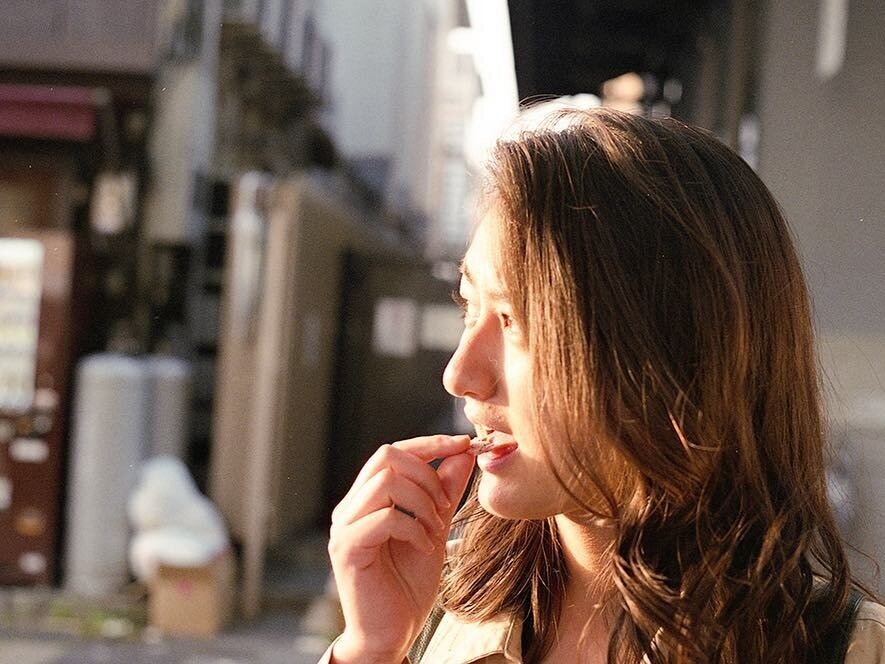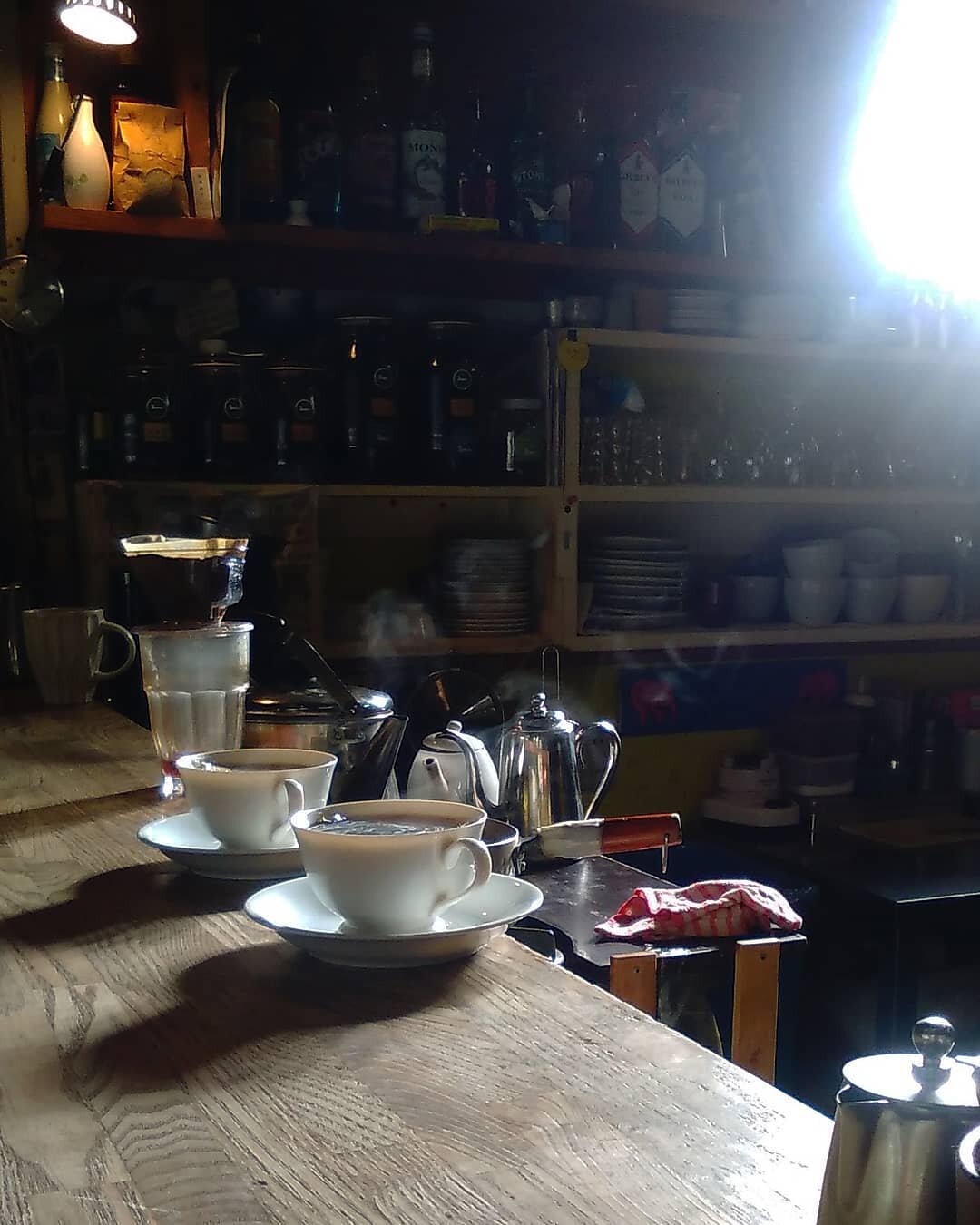
Kyoto, Japan
The former capital of Japan is steeped in tradition, but don’t let that fool you into thinking it’s a city that’s stuck in the past. This thriving metropolis is full of temples, shrines, and old-school architecture – and it’s also extremely easy to get around, even for a first-time visitor. If you’re looking to experience authentic Japanese culture but are either overwhelmed by the thought of Tokyo or ready to explore someplace new on a repeat trip to the country, Kyoto is an excellent destination for foodies, nature lovers, history buffs, festival-goers, beach bums… anyone, really.

Know Before You Go
Texture Town
Nishijin ori silk textiles originate in Nishijin, the garment district of Kyoto. Exquisitely decorated brocades have been handwoven here for centuries, and kimono and obi have been tailored from sumptuous gold brocade, damask, figured satin and velvet. Treated with care, these garments can last a lifetime.
Kaiseki Cuisine
This culinary tradition is unique for a few reasons, primarily the menu, which involves a multi-course that embraces a specific seasonal theme, each of which are rooted in nature. It’s characterized by a calm atmosphere with subdued lighting and elegant tableware. Enjoy the artful display just as much as the taste of the meal itself.
The Tango Peninsula
Escape the crowds and tourist hot spots of Kyoto for a beautiful coastline, a cute fishing village, terraced rice paddies, wild monkeys, and a hot spring right on the beach. All of this can be found around the Tango Peninsula, a two-hour train ride from the city.
Amanohashidate
This piney sandbar spans the mouth of Miyazu Bay in the coastal region of northern Kyoto Prefecture. Viewed from the mountains at either end of the bay, the sandbar (which roughly translates to "bridge in heaven") looks like a pathway between heaven and earth.
Murinan Garden
Tucked away in the Okazaki area of Kyoto, Murinan is a charming garden built at the turn of the 20th century and is designed to show visitors a different view from every angle. And despite its historical significance and stunning beauty, it remains among the lesser-visited sights of Kyoto.
Temple Hikes
The World Heritage listed Daigo-ji is a key temple of the Shingon sect of Japanese Buddhism. The extensive temple complex is located southeast of central Kyoto and spread over an entire mountainside of Daigoyama. The main temple grounds are located at the base of the mountain and are connected via a hiking trail to another cluster of temple buildings around the summit.
Can’t-Miss Neighborhoods
Nakagyo Ward
This Downtown neighborhood is stuffed to the gills with shops and restaurants for all budgets and styles. Home to the largest and the best-preserved castle in the city – Nijo Castle – the neighborhood is a perfect example of old meets new. Pontochō Geisha District is one of the five Kyoto flower towns (hanamachi) where the famed geisha ply their trade. More than just a tourist destination, this area is also where you’ll find many of Kyoto’s best bars and restarants.
Nishijin
The Nishijin district is the city’s weaving district and one of Kyoto’s most traditional neighborhoods, with traditional Japanese houses and unique wooden architecture. It is home to numerous clothing factories, including HOSOO, a super innovative textile company and showroom founded way back in 1688.
Higashiyama
The Higashiyama district along the lower slopes of Kyoto's eastern mountains is a great place to experience old Kyoto, especially between Kiyomizudera and Yasaka Shrine, where the narrow lanes, wooden buildings, and traditional merchant shops retain the charm that’s been present since Kyoto’s founding.
When to Go
Depending on your interests, Kyoto can be a wonderful place to visit any month of the year: There are festivals in the winter, cherry blossoms in the spring, and lots of chances to enjoy the outdoors in the summertime, from riverside dining to beach escapes. But the best time to come is in the fall, when the foliage turns the city into a dazzling, multi-hued autumnal utopia. Take advantage of the comfortable temperatures at this time of year and hike the nearby Mount Ponpon and Mount Atago, too!
Featured Local: Sofia Yukari
Sofia is a visual poet, born in Oaxaca. Flourished from a Japanese mother and a Mexican father, she lived in between the two cultures – and under the influence from an artistic family – ultimately deciding to study graphic design at Kyoto Seika University in Japan. She’s interested in nature and culture care, taking an aesthetic and quality-of-life approach to both. Currently based in Kyoto, you can often find Sofia making collages and playing the game as a freelance graphic designer.
Sofia’s Must-Dos
Sarasa 3
There are multiple Sarasa Cafes around the city of Kyoto, and this one is located on the Sanjo Shopping Street – a local market avenue that is also fun to explore. Each Sarasa has its own unique atmosphere, but I personally like this one because of the friendly staff and the easygoing environment. At any location, the food is incredible; think Italian-Japanese fusion dishes all made with an element of surprise. For dessert, you’ve got great options for cakes, because the main Sarasa’s Cake Shop is connected next to Sarasa 3. A cup of coffee with a delicious slice of cheesecake here is tough to beat.
Café Bibliotic
Here in Kyoto you can find many restored Machiyas (Japanese traditional townhouses), and Café Bibliotic is one good example of them. It can be interesting to check the wood architecture details. The inside is like a library full of books you can borrow, and most of them are art and design selections. You ciykd easily spend hours here without noticing the time, and there’s no need to hurry: It’s open until midnight. Difficult to spot, the key to finding this cafe is this misterious big banana tree at the entrance.

Sofia’s Recs
Salut-ya
Near the big Kamigamo Shrine and “Delta” where the Kamo River is divided in two, Salut-ya is old renovated Machiya cafe, with a natural atmosphere and curious architecture. The menu contains a variety of drinks from teas and fruit smoothies to cocktails and more. The food is frankly delightful, an elegant blend of Western and Japanese sensibilities. And the burgers – either meaty or veggie – are not to be missed. It’s the perfect spot to take a load off amid a hectic afternoon of exploring.
Kamogawa
Camouflaged in the middle of a neighborhood is one of the most peaceful cafes in the city. Kamogawa is a rustic coffee shop on the second floor of its building, full of posters, books, music and a warm wooden interior. They have desserts and light meals, but the coffee is the main draw. Most of the time, the atmosphere is… very quiet. It’s a great place to get work done or enjoy a book, but do everyone a favor and skip Kamogawa if you’re in a high-energy sort of mood.
Café Tiger
A lovely little cafe run by a husband-and-wife duo, the environment here is something of a menagerie of plants, antiques, and objets d’art. Every dish is bursting with an abundance of quality ingredients, portions are just right, and there’s a certain understated approach to flavor combinations that almost feels like a revelation. It opens at 7 in the morning, so why not have a gorgeous breakfast or a drip coffee – and then visit the Imperial Palace nearby?












